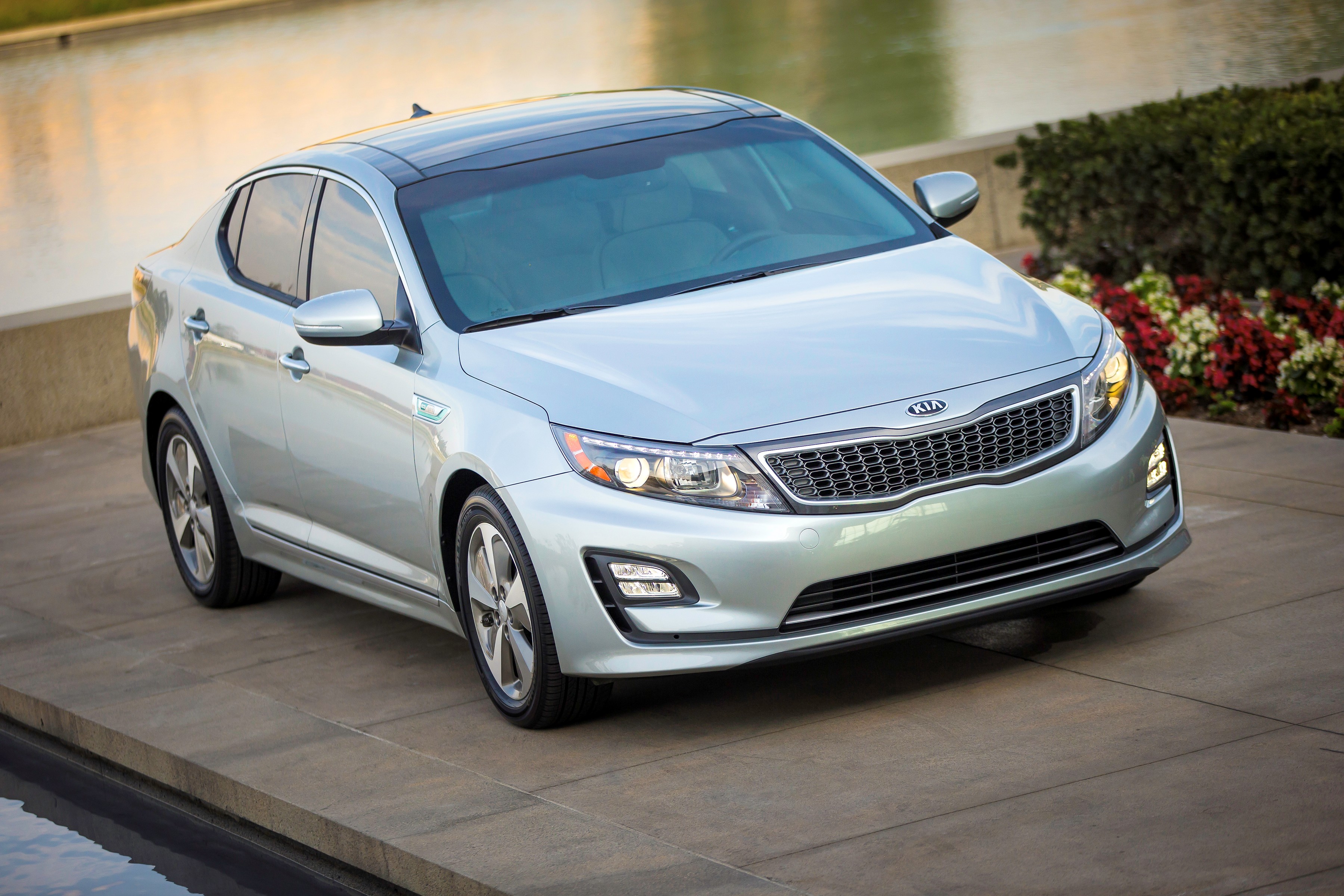

But the 2020 is still in the same generation as the 2016 model we tested, so most of our observations still apply. Notable differences in the 2020 Optima include updates to standard and optional equipment, a refreshed exterior and revised infotainment options.
#Kia models optima full#
We tested the Optima for a full year, diving into the ownership experience for 20,000 miles and covering all the features from cargo space to real-world fuel economy.

If you'd like to learn more about the Kia Optima of this generation, read about our experiences from a full year of living with a 2016 Kia Optima. However, buyers willing to spend a little more will find vehicles such as the Honda Accord and the Mazda 6 more engaging overall. The range-topping 2.0-liter engine, meanwhile, consumes more fuel than similar engines.ĭespite these quirks, the 2020 Kia Optima remains one of the stronger choices in the midsize class. The base engine is a little slow, while the dual-clutch automatic paired to the 1.6-liter engine is slow to respond and jerky at low speeds. Also, you may face frustrations depending on which powertrain you go for. It cuts into rear headroom and requires passengers to duck into the back seat. There's only one inherent flaw, and it's the downward-sloping roofline that gives the Optima its distinctive shape. More exotic features such as ventilated seats and a panoramic sunroof are available in upper trims, but even modestly priced midtier models pile on luxury items. Unlike many other midsize sedans, the Optima comes standard with Apple CarPlay and Android Auto integration, along with a suite of driving aids that includes a blind-spot monitor.


 0 kommentar(er)
0 kommentar(er)
